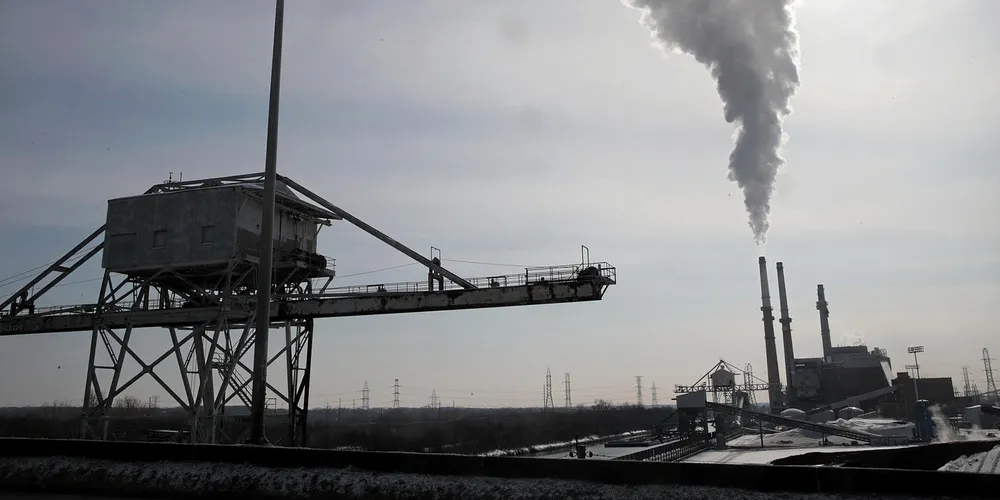Number-two US grid to boom as wind trumps solar to oust Midwest coal power: S&P
MISO network to see massive onshore turbine increase as source chosen as best choice to replace retiring fossil plants, analysts predict

MISO network to see massive onshore turbine increase as source chosen as best choice to replace retiring fossil plants, analysts predict
